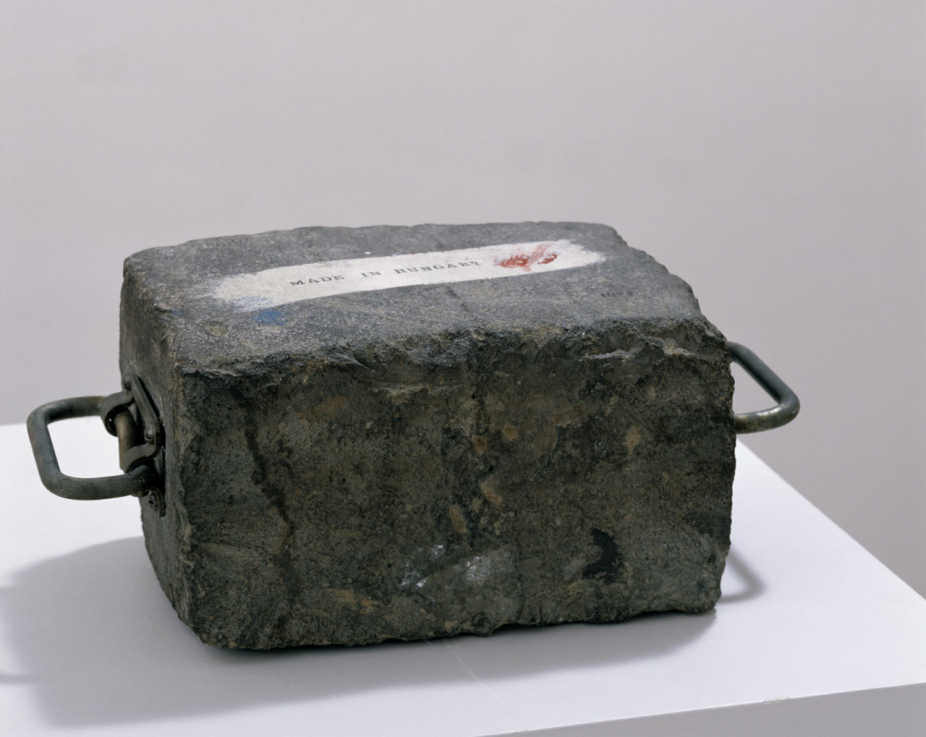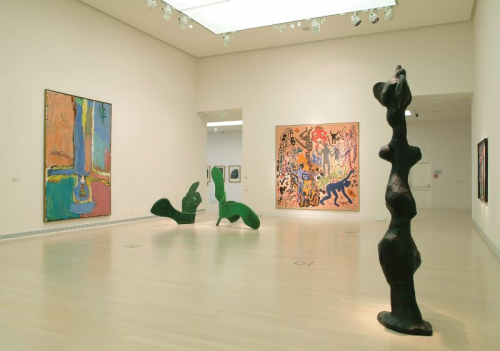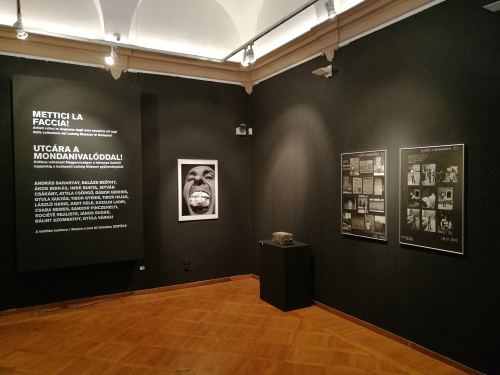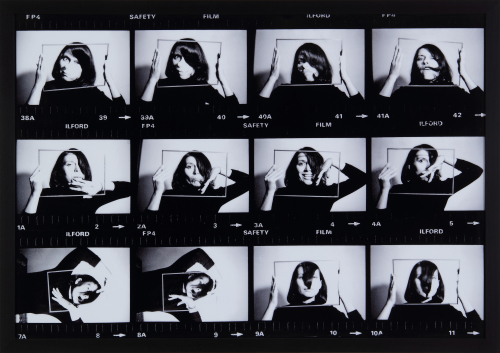The Cobblestone Is the Weapon of the Proletariat: this is the title of Russian artist Ivan Shadr’s 1927 sculpture, whose reproduction was widely known in the Eastern Bloc, and which was held as a textbook example of Socialist Realism and propaganda art in the 1950s. The hero of the composition is the unknown proletarian, who turns his weapon of a paving stone against those who exploit and oppress his class, in the hope of creating a more just order. By the early 1970s, the idea of a world revolution had lost its sheen, and gained a new meaning. The illusions of the 1956 Hungarian revolution, the 1968 student movements, and the Prague Spring had dispersed, and like other symbols, the cobblestone started to appear in the conceptual framework of irony and a critique of the political system. The motif appeared in the work of several Hungarian artists from 1971, and in 1972 art historian László Beke put out a call for new works under the theme of Cobblestones and gravestones. Between 1971 and 1974, Gyula Gulyás made several conceptual works with the use of genuine basalt cobblestones. He posted a version painted in the national colors to Endre Tót on the occasion of 15 March, the day of the 1848 revolution and war of independence. With useful handles and the inscription “Made in Hungary,” it waters down the former weapon and turns it into a merchandise: the price for the consolidation and the “Goulash Communism” of the Kádár era was a practical compromise with the regime, which entailed, above all, a relinquishment of the ideals of the 1956 revolution. K.Sz.



